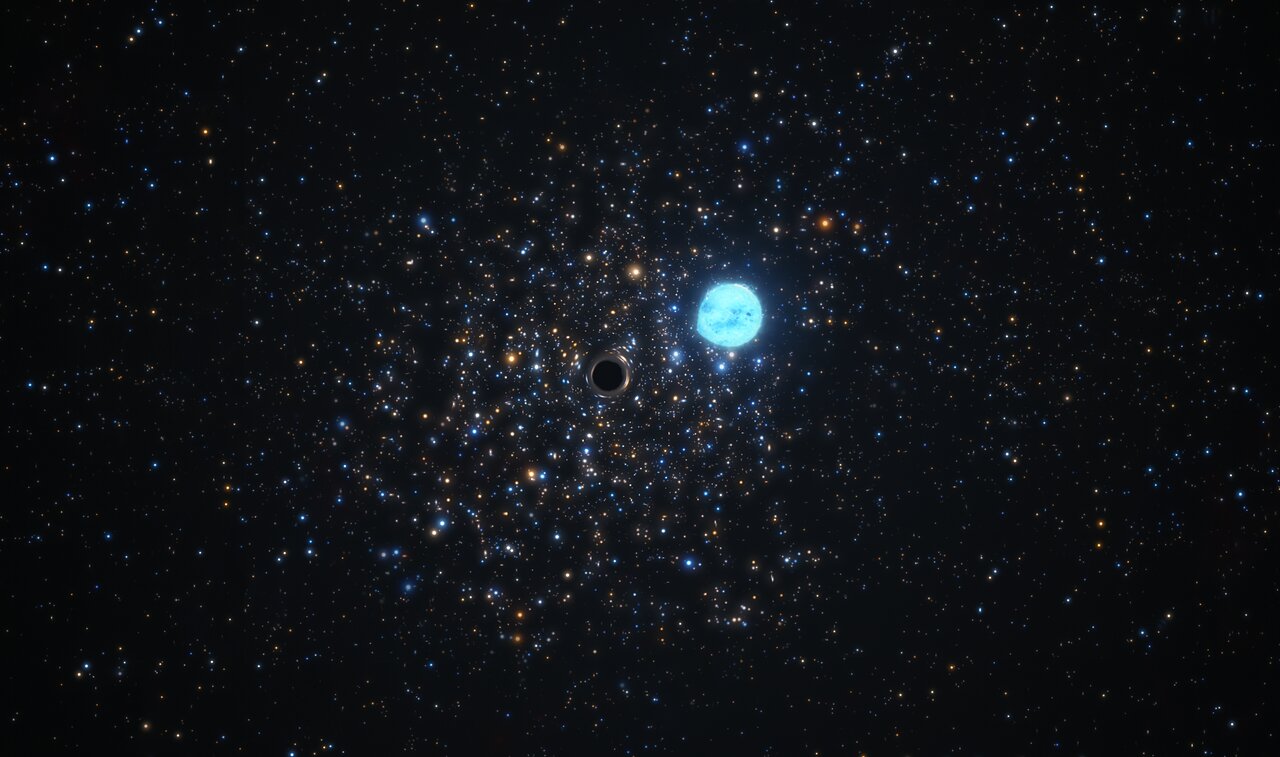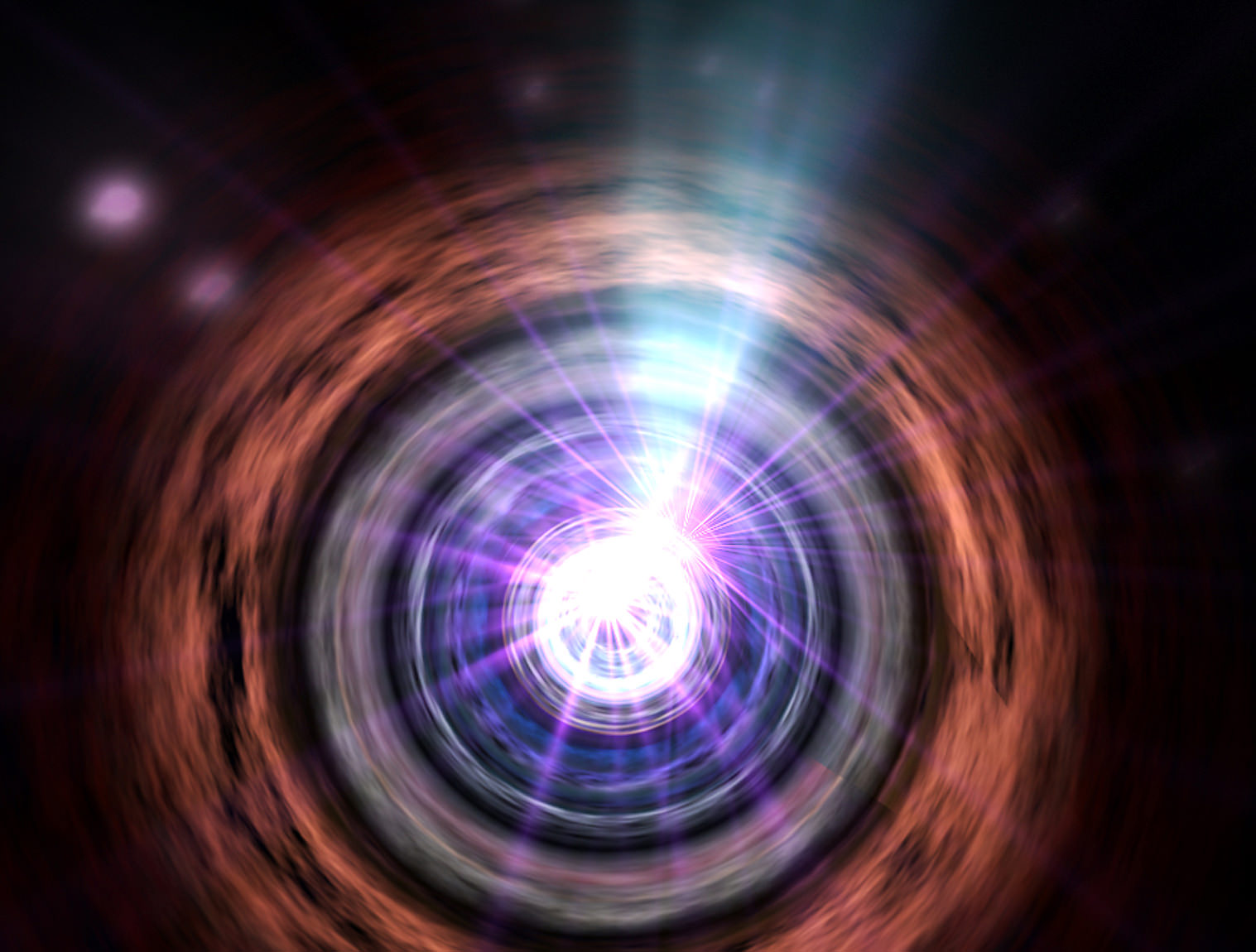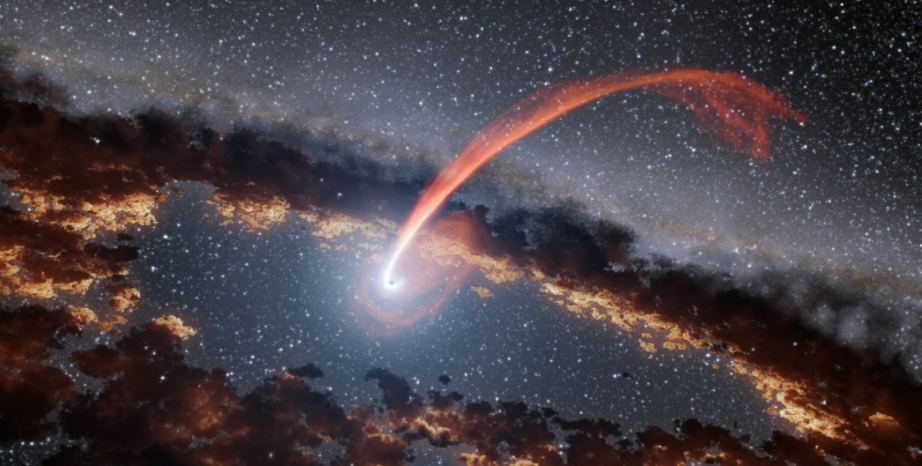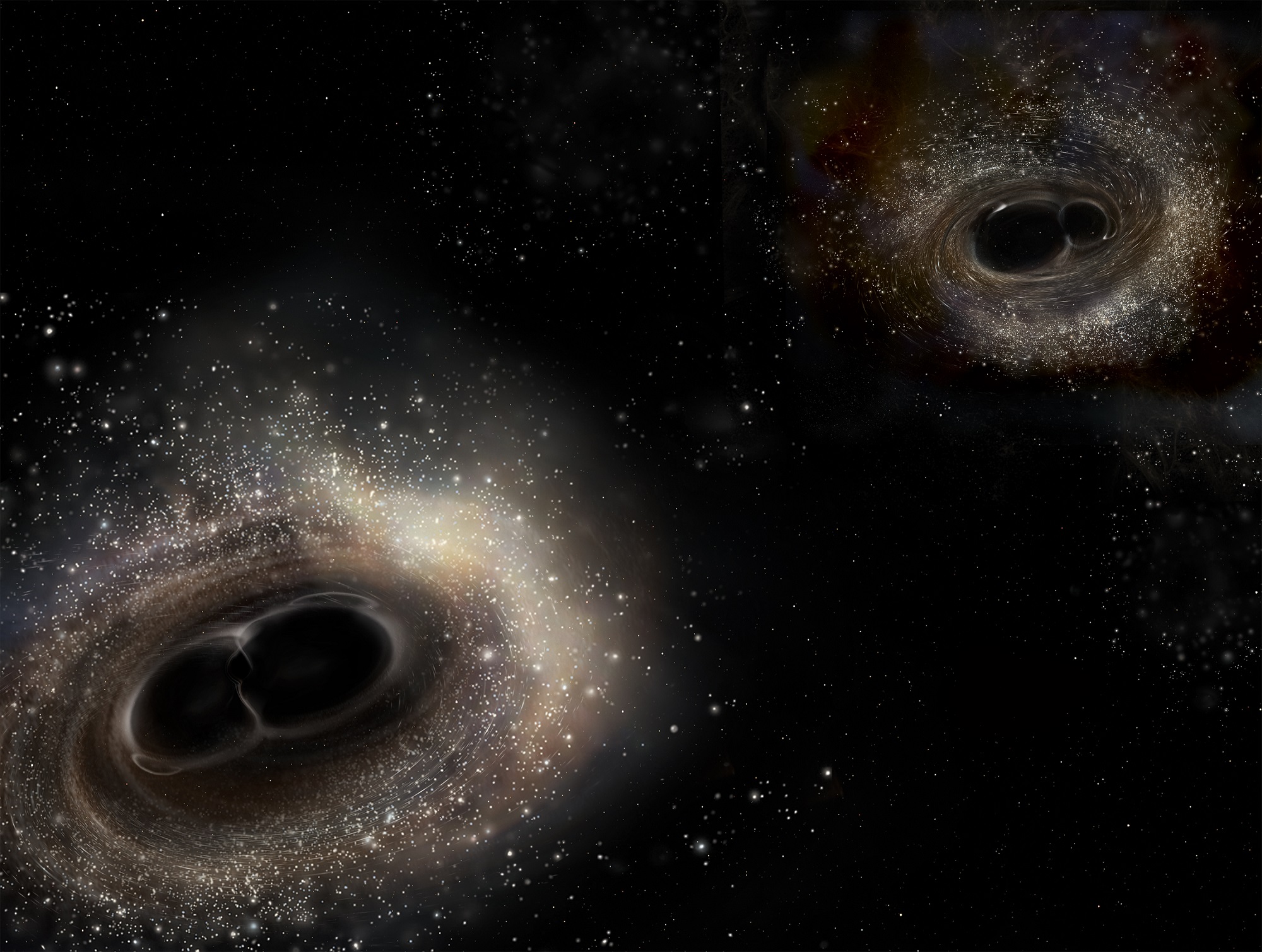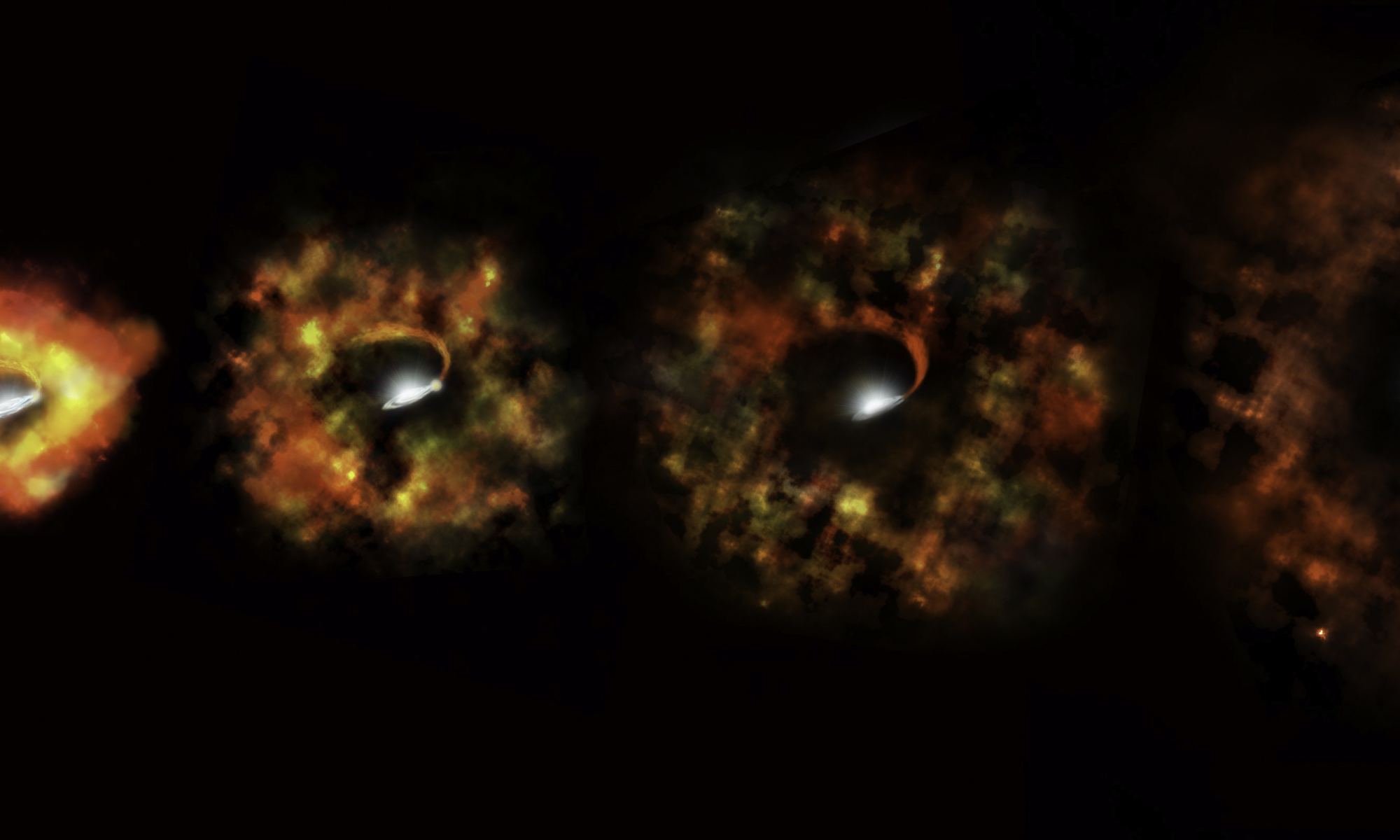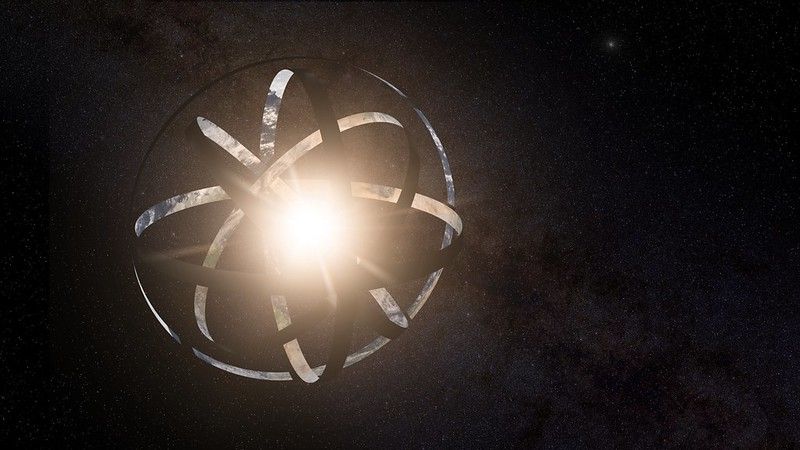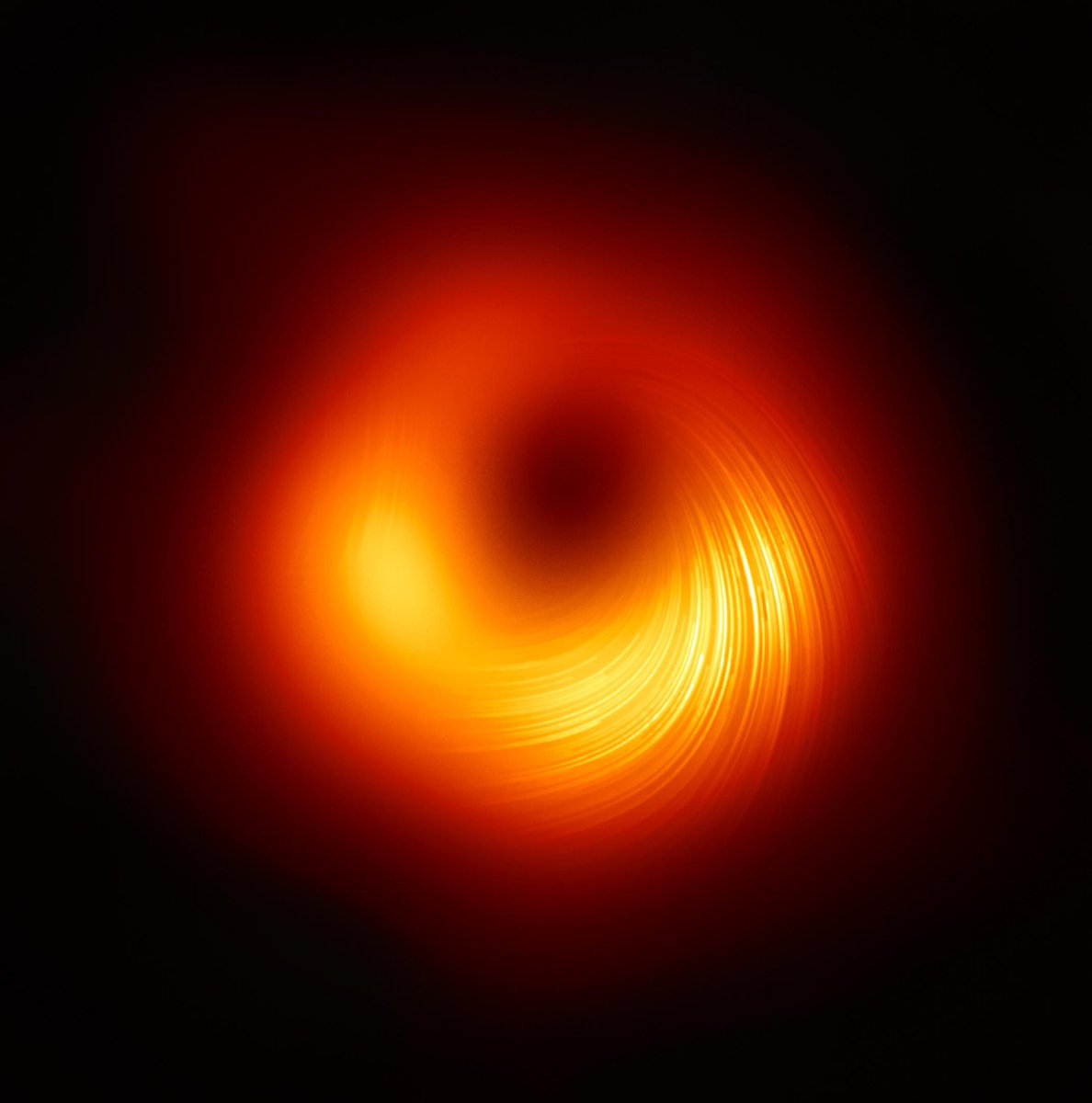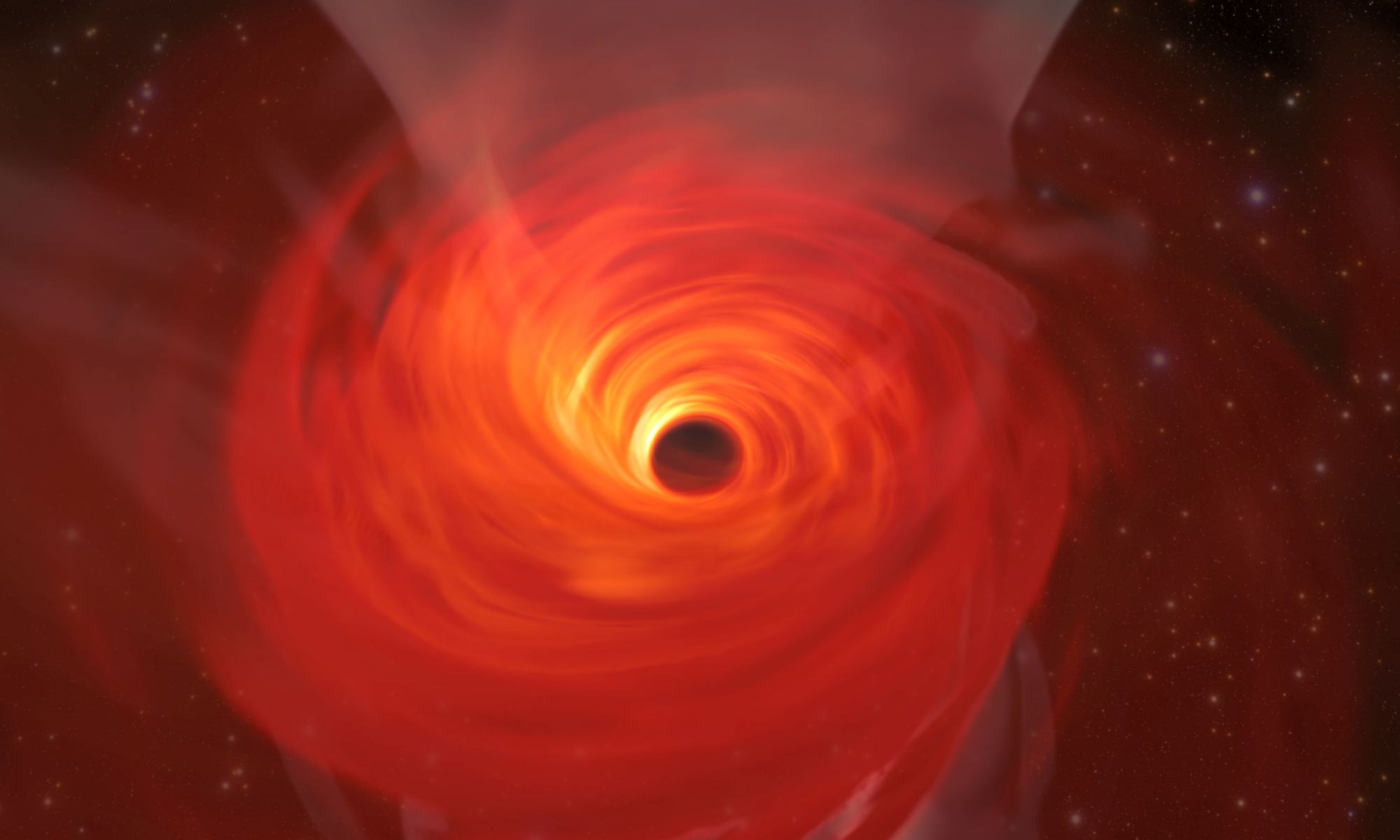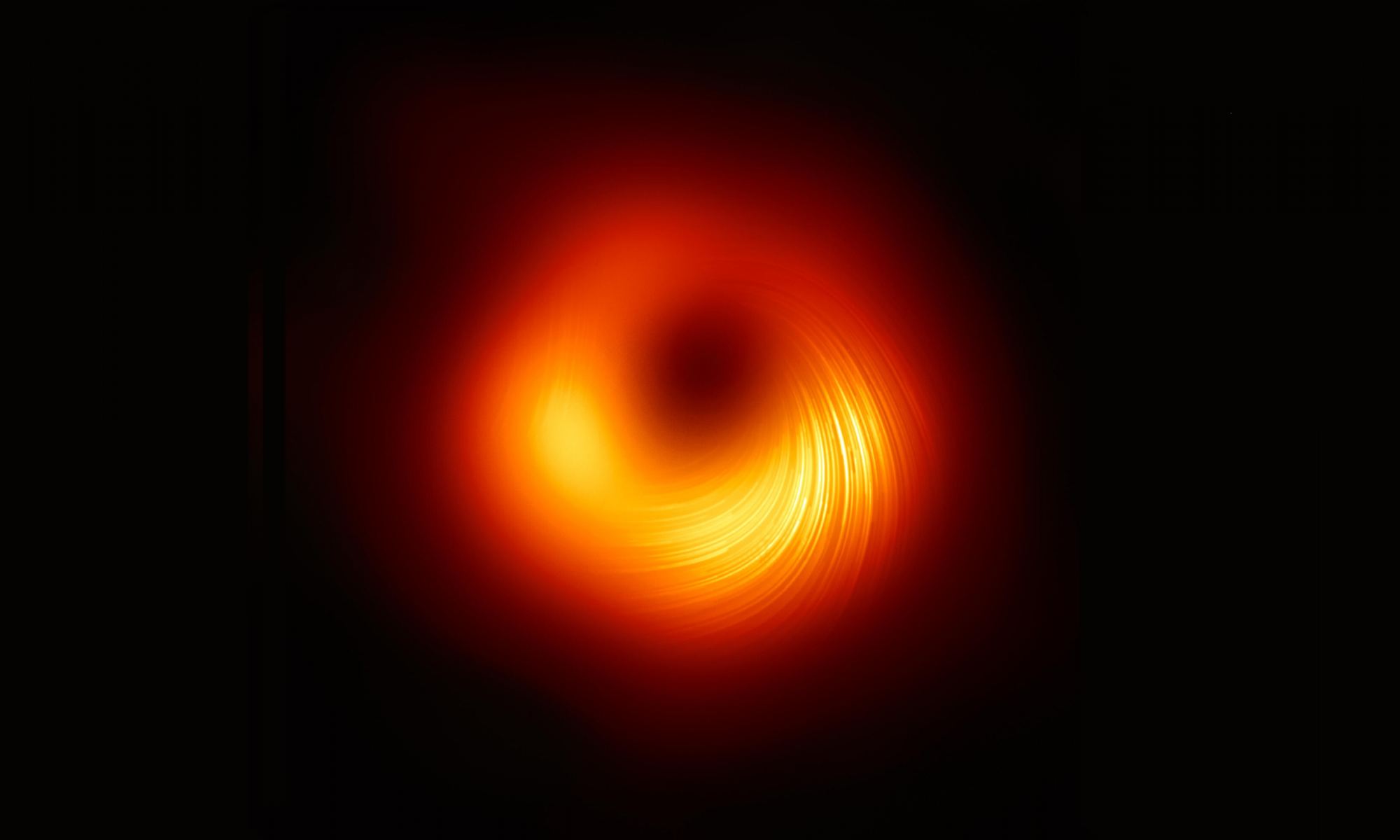Why are black holes so alluring?
You could cite plenty of reasons: They’re matter-gobbling monsters, making them the perfect plot device for a Disney movie. They warp spacetime, demonstrating weird implications of general relativity. They’re so massive that inside a boundary known as the event horizon, nothing — not even light — can escape its gravitational grip.
But perhaps the most intriguing feature of black holes is their sheer mystery. Because of the rules of relativity, no one can report what happens inside the boundaries of a black hole.
“We could experience all the crazy stuff that’s going on inside a black hole, but we’d never be able to tell anybody,” radio astronomer Heino Falcke said. “We want to know what’s going on there, but we can’t.”
Falcke and his colleagues in the international Event Horizon Telescope project lifted the veil just a bit two years ago when they released the first picture ever taken of a supermassive black hole’s shadow. But the enduring mystery is a major theme in Falcke’s new book about the EHT quest, “Light in the Darkness: Black Holes, the Universe, and Us” — and in the latest installment of the Fiction Science podcast, which focuses on the intersection of fact and science fiction.
Continue reading “Scientist sees deep meaning in black holes after Event Horizon Telescope’s triumph”
